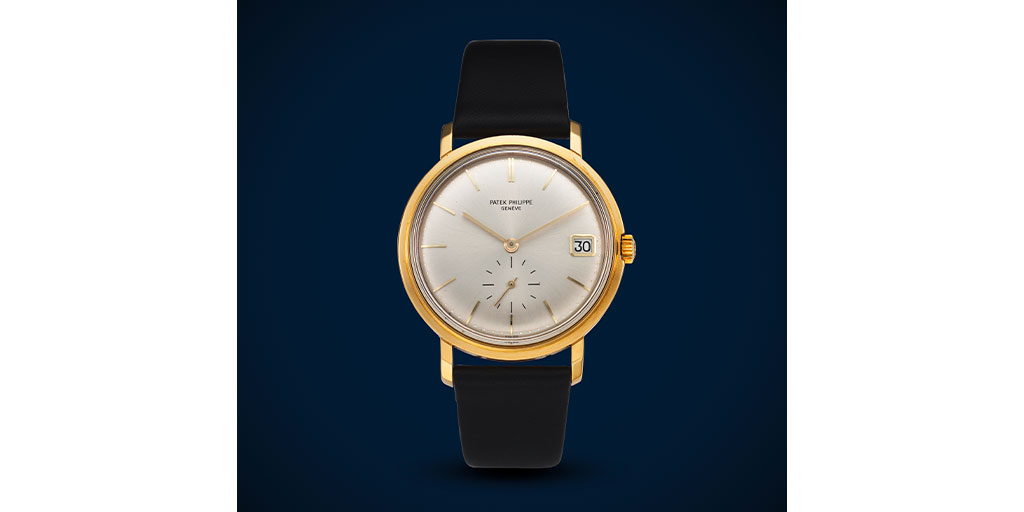One of the most common questions Collectability receives from new Patek Philippe watch enthusiasts is, “Which Patek should I buy first?” The easy answer is a time-only Calatrava. The next question is, “Which one?” Since the arrival of the Calatrava ref. 96 in 1932, there have been many different Calatrava references, each with a myriad of movement, dial and index variations. No one has (yet) calculated the total number of Calatrava references and variations produced over the decades, but there must be many hundreds. As with all decisions regarding which watch to buy, the honest answer is to buy what you love. In this new series, we will look at a range of different Calatrava references which we hope will encourage new and established collectors to look at each of these classic timepieces with a fresh eye.
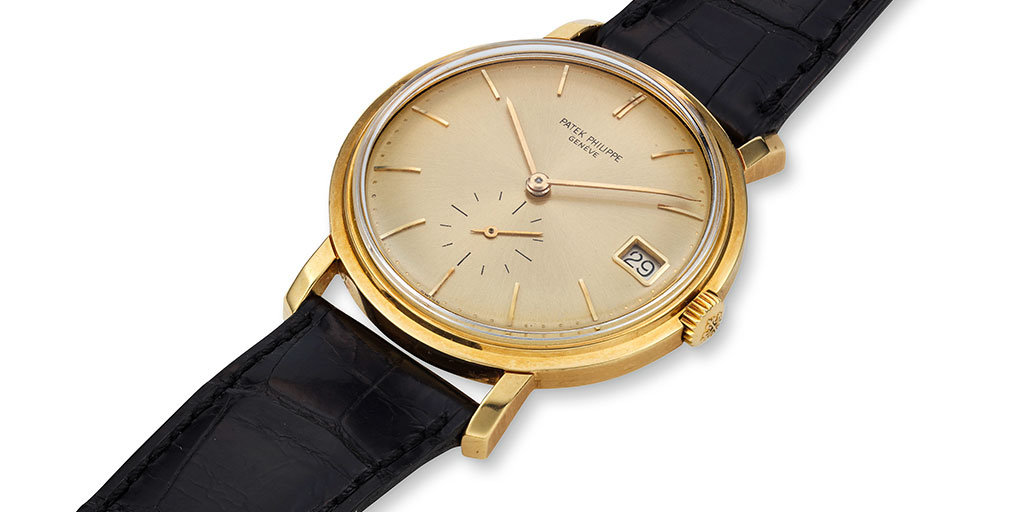
Let’s start with one of the value-buy, automatic watches from the Calatrava collection, the ref. 3445. Launched in 1961 and in production until the early 1980s, the ref. 3445 was the first Patek Philippe self-winding, waterproof watch with a date that was produced in a series.
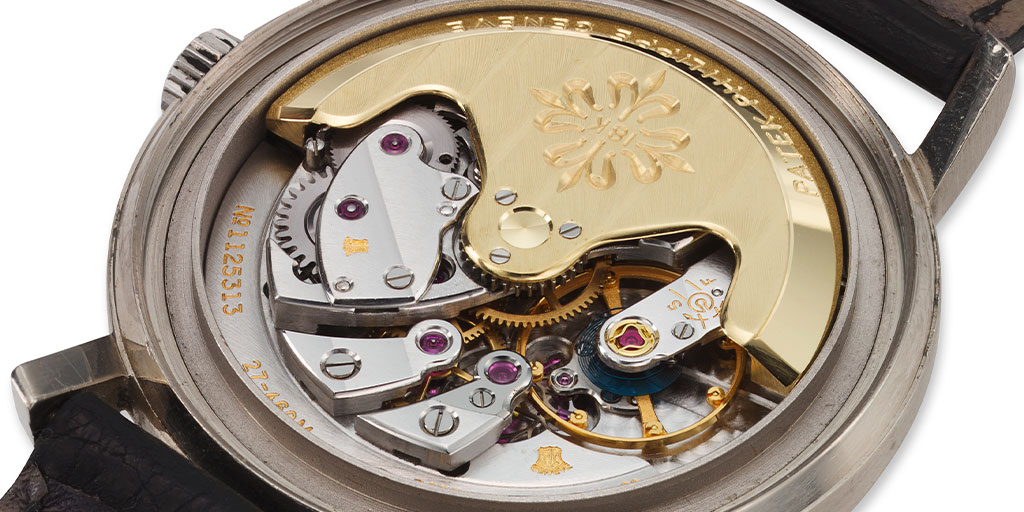
Many readers will know the ref. 2526 as the first automatic, or self-winding Patek Philippe launched in 1953 to debut the legendary caliber 12-600 AT (AT for automatic) and in production until 1960 (this movement did not have a date indication). The following year, the ref. 3445 debuted the self-winding caliber 27-460 M (M for mono-date).
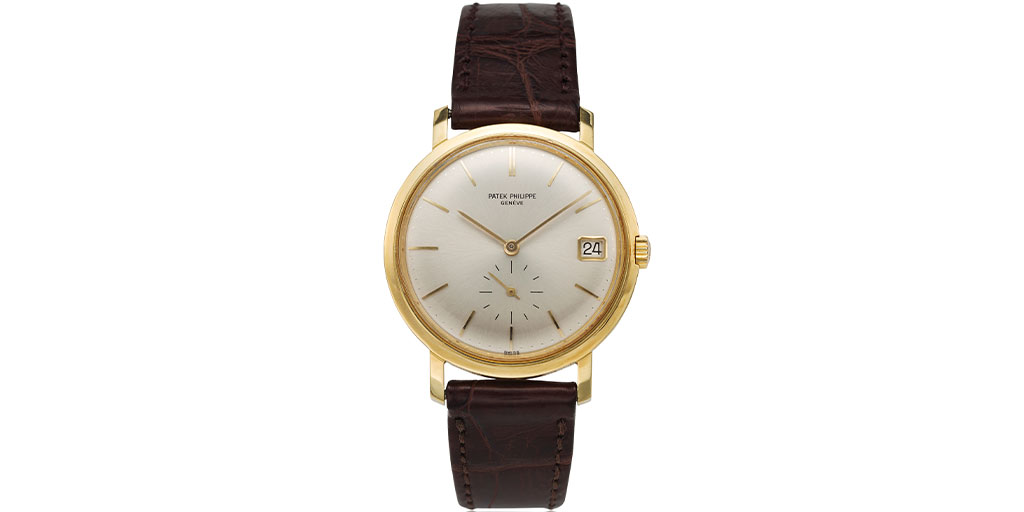
Over its’ 21-year production, three series were made of the ref. 3445. The First Series from 1960-1969 can be identified by the engraved signature and subsidiary seconds dial scale. The peripheral minute indexes were also engraved inside the dial with a pearlized finish. The earliest pieces still featured the double PP engraved on the crown – an identification from the ref. 2526 of a waterproof case. By the early 1960s, all the crowns in the following series were decorated with the Calatrava Cross.
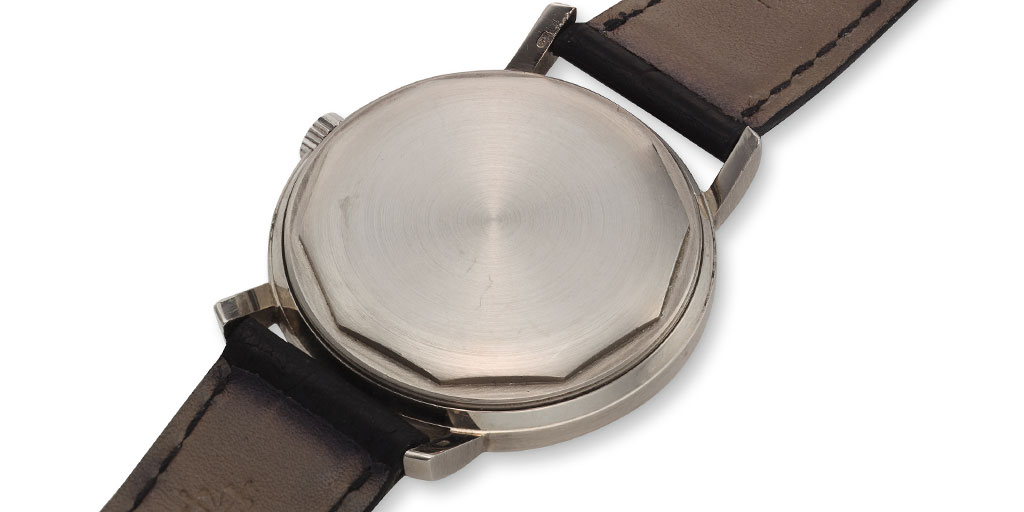
The Second Series were produced from 1970 to the late 1970s and can be identified by the painted signature and indexes. The final Third Series was produced from the late 1970s until the early 1980s. It was during this period that the bezels had a higher profile to accommodate the flatter sapphire crystal.

All the 35 mm two-piece cases were made by Antoine Gerlach (Key Number 4) who had the honor of making the first gold and platinum Calatrava cases for the ref. 96 in 1932. The first case modification for the ref. 3445 was made in the late 1970s when a higher bezel was needed to accommodate a sapphire crystal. These cases are identified as ref. 3445-100. By the early 1980s, the remaining ref. 3445 case production was by Ateliers Réunis and featured a sapphire crystal back.
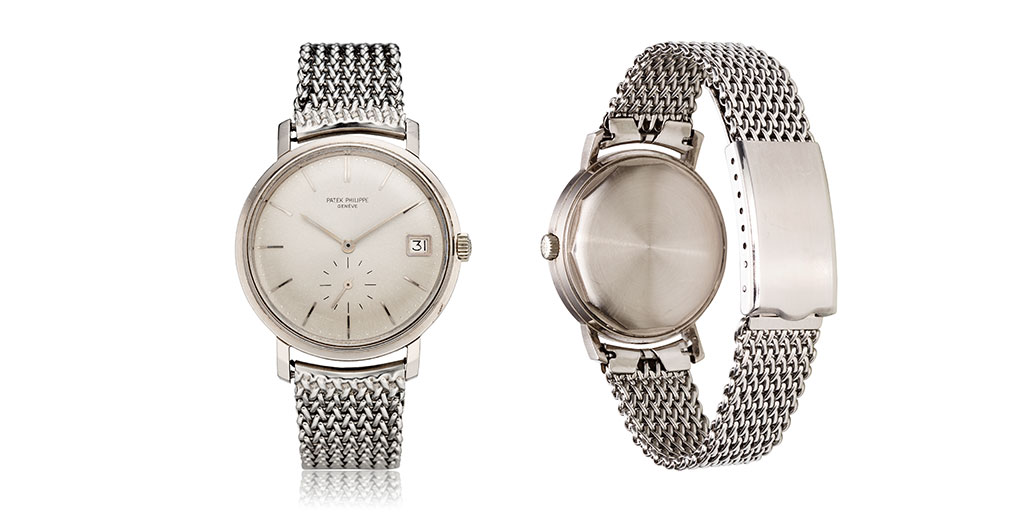
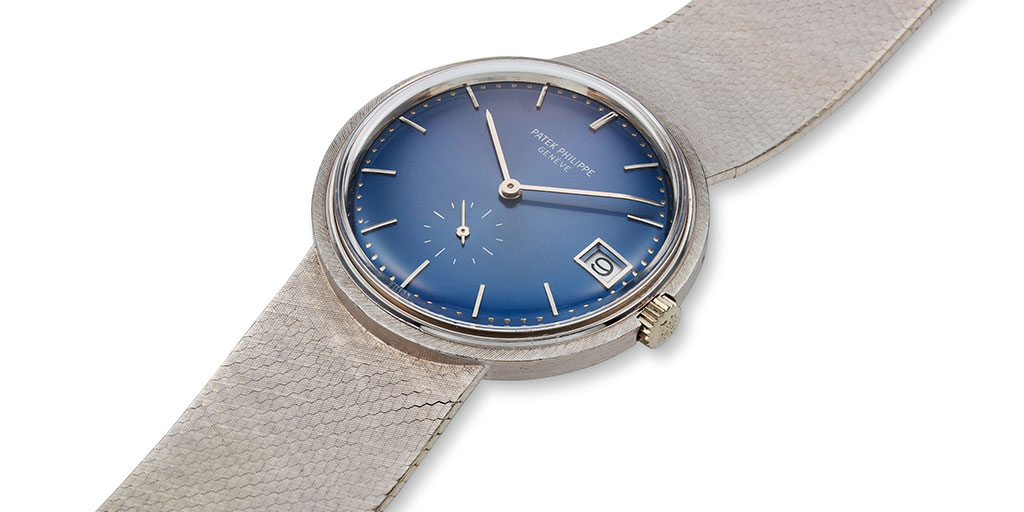
On some bracelet versions, the distinctive lugs were replaced by a finely integrated mesh bracelet as can be seen above. Other versions could accommodate a strap or bracelet and therefore maintained the lugs.
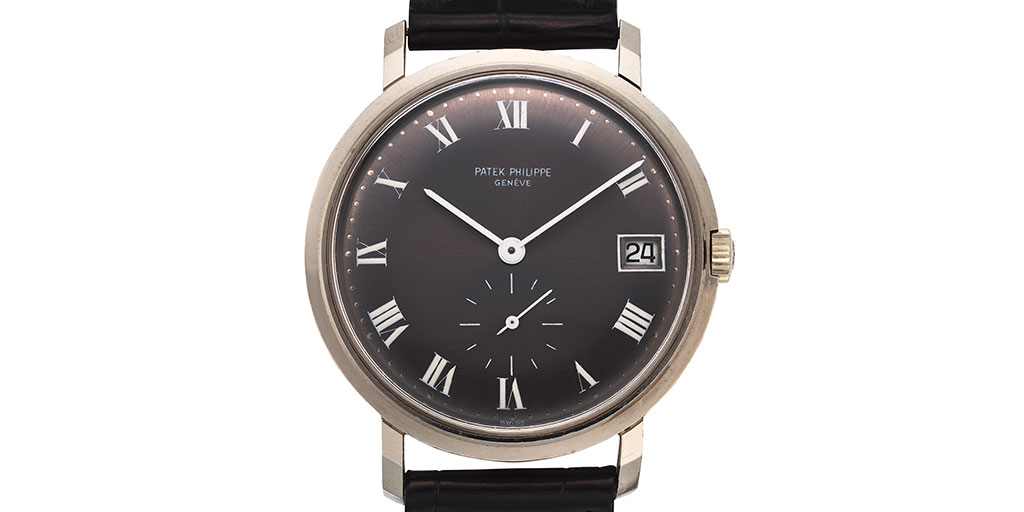
The predominately silvered dials were made by Stern Frères. Over the years, champagne or blue dials were also offered in the collection. On rare occasions, such as the watch shown above, slate grey dials with white painted Roman numerals were produced. From 1967, the dials featured the distinctive sunburst finish associated with the reference (see below).
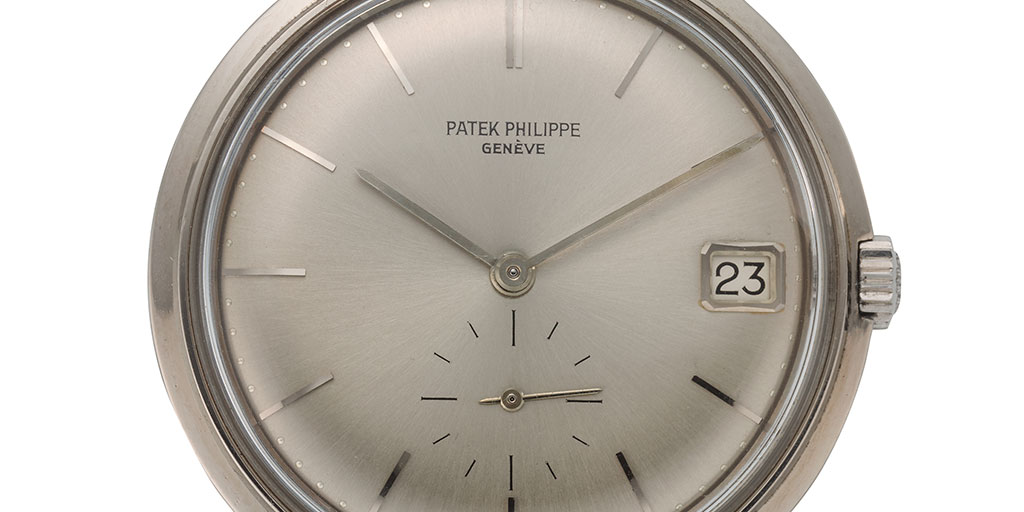
Around 7000 pieces were made in total in 18K yellow, rose, white gold and platinum. However, relatively few in any metal have been identified on the market. The rarest metals that have appeared for sale so far are platinum (only approx. 14) and rose gold (only approx. 20). Even in yellow or white gold only a few hundred have re-appeared on the market. In other words, the ref. 3445 should not be overlooked for its rarity and value.
August 2024

